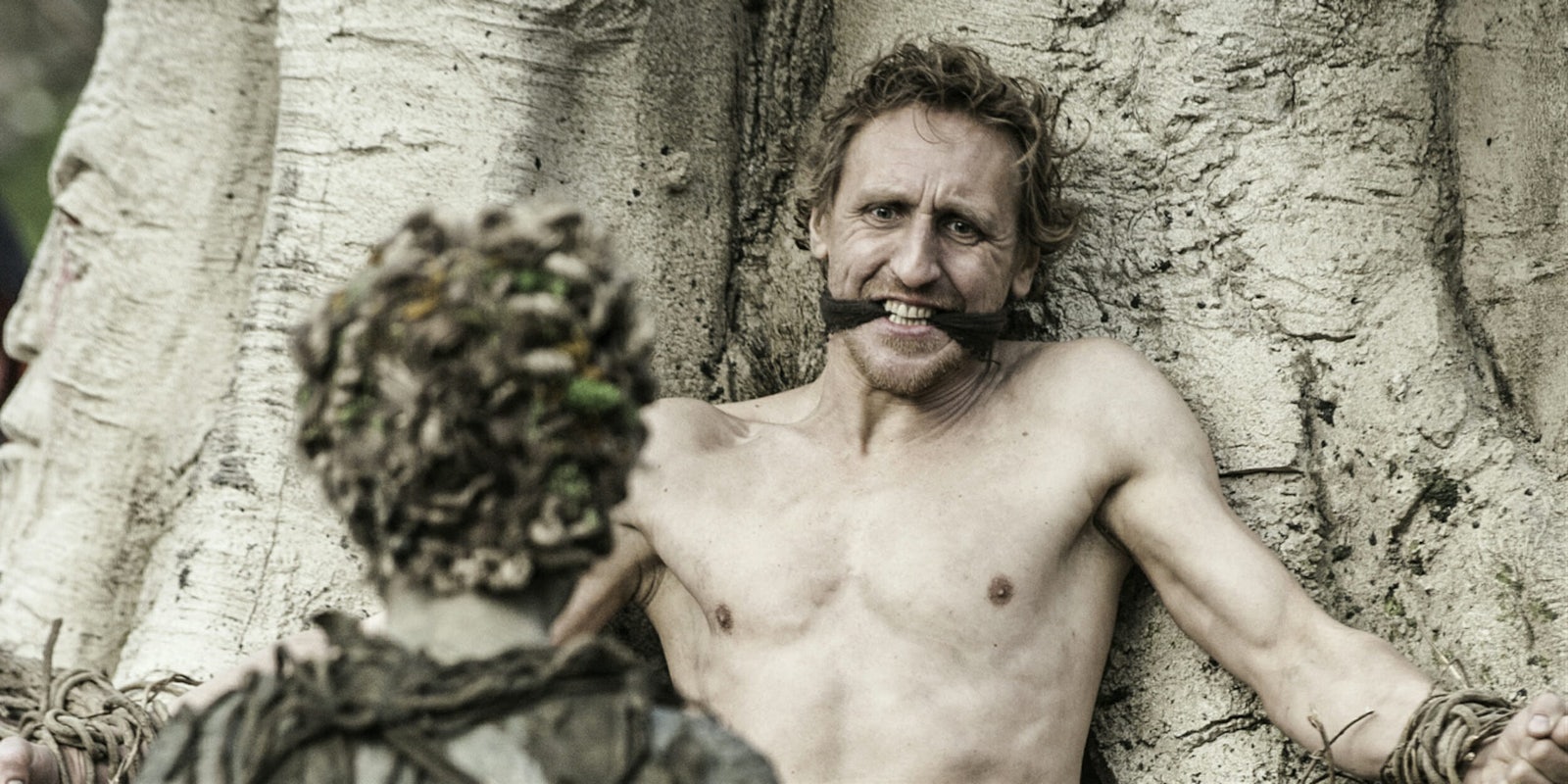We’re still a long ways off from seeing any of the several Game of Thrones prequel series in the works on the big screen. But the first one about the Age of Heroes to make it to the pilot stage will open up a wealth of possibilities in HBO’s Westeros universe.
HBO greenlit the pilot for an Age of Heroes series headed by Jane Goldman on June 8. We know little about what it’ll entail, but according to HBO, the Age of Heroes show “chronicles the world’s descent from the olden Age of Heroes into its darkest hour.” It promises not only to reveal what really happened during the Age of Heroes, which occurred several thousand years before the events of Game of Thrones, but to give us a glimpse of the known world beyond Westeros’ borders.
What was the Age of Heroes?
George R.R. Martin, who co-wrote the pilot with Goldman, also leaned into the idea that the Age of Heroes series—which he believes should be called The Long Night—would give a version of events that we haven’t seen before.
“This [successor show] really puts the PRE in prequel, since it is set not ninety years before GAME OF THRONES (like Dunk & Egg), or a few hundred years, but rather ten thousand years (well, assuming the oral histories of the First Men are accurate, but there are Maesters at the Citadel who insist it has only been half that long),” he wrote. “We’re very early in the process, of course, with the pilot order just in, so we don’t have a director yet, or a cast, or a location, or even a title.”
So we’ve got ages until we know whether an Age of Heroes show will happen. HBO is making the pilot, but might not greenlight the show to series just yet. But if it does happen, it has more than enough room to create its own history. And fortunately, that freedom was built into the fabric of that particular era long before we could even imagine more after Game of Thrones.
Why Westeros knows so little about the Age of Heroes
To those living in Westeros, the Age of Heroes was ancient history. It’s so far back that they can hardly imagine it, even if some of their ancestral homes—not to mention the one thing keeping the dead from invading said homes—were built during that time. The Age of Heroes was a time before men chronicled their histories in books, so their histories were passed through oral tellings or on runes. Although the scene is a show invention (at least for now), think of the carvings that Jon Snow and Daenerys Targaryen found in the dragonglass caves of Dragonstone as an example of what that might have looked like.
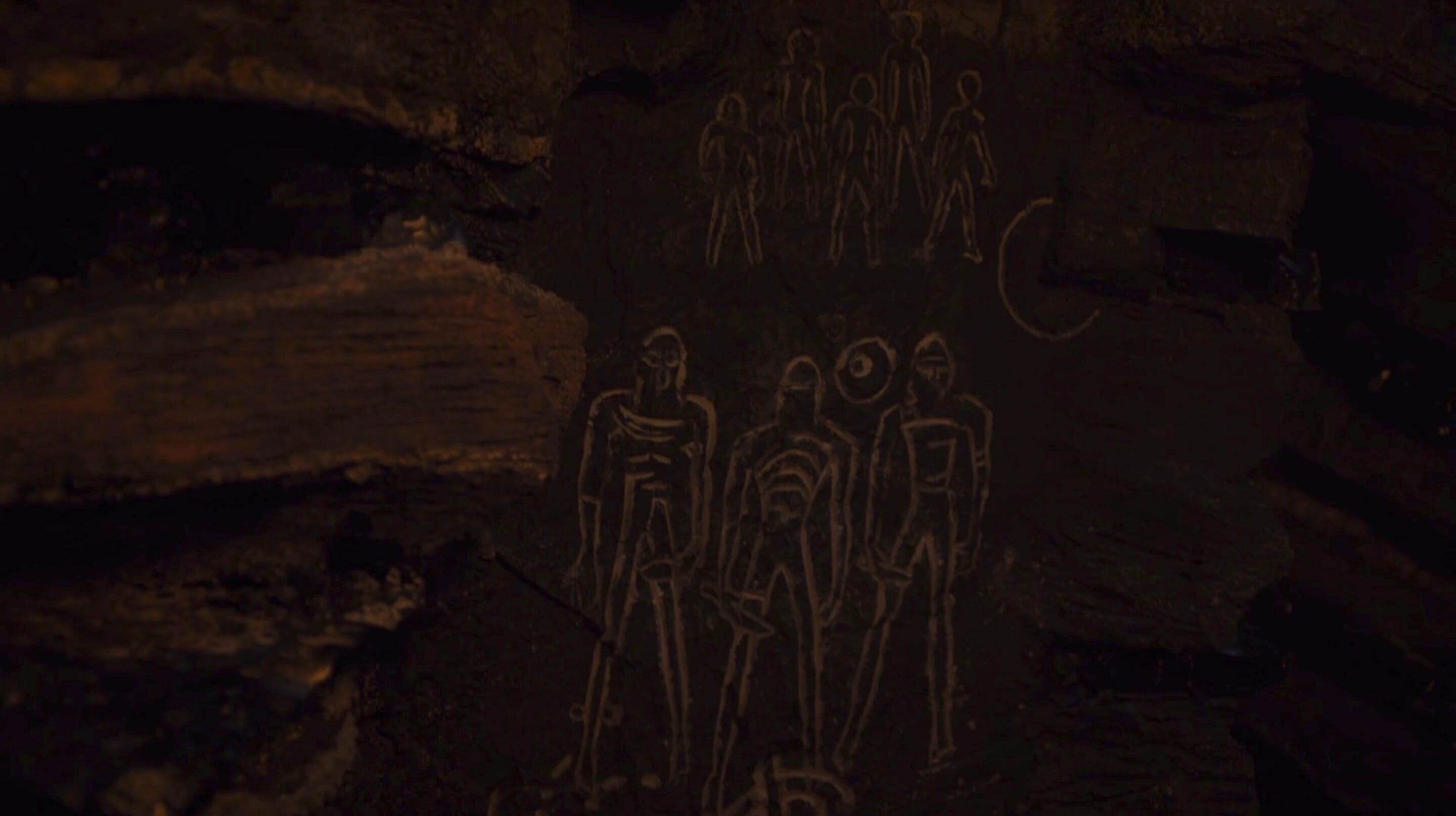
READ MORE:
- The mystery of the Night King, the true enemy on ‘Game of Thrones’
- Who is Azor Ahai, the prophesied savior of ‘Game of Thrones’?
- Here’s everything we know about the ‘Game of Thrones’ spin-off prequels
- Rhaegar Targaryen is the most important ‘Game of Thrones’ character you don’t know
How long was the Age of Heroes?
Maester Luwin tells Bran Stark in A Game of Thrones that the Age of Heroes covers a 4,000-year period of time. It spans from the Pact between the children of the forest and the First Men around 10,000 years ago up until the Long Night and the Night’s King’s reign of terror (not to be confused with the Night King). Some of the names that emerged from it are well-known, but much is in dispute. According to The World of Ice and Fire, the Wall was raised between 8,000-6,000 years before the start of Game of Thrones; the timeline differs depending on which version you read. In other instances, knights such as Serwyn of the Mirror Shield are counted among the Kingsguard even though Serwyn’s existence predates the Kingsguard.
But it’s far from the only thing that might be off-base in the retellings. For instance, Martin acknowledged in his blog post about the Age of Heroes pilot that there are Maesters in his fictional universe who believe that it’d only been “half that long” since the Age of Heroes took place.
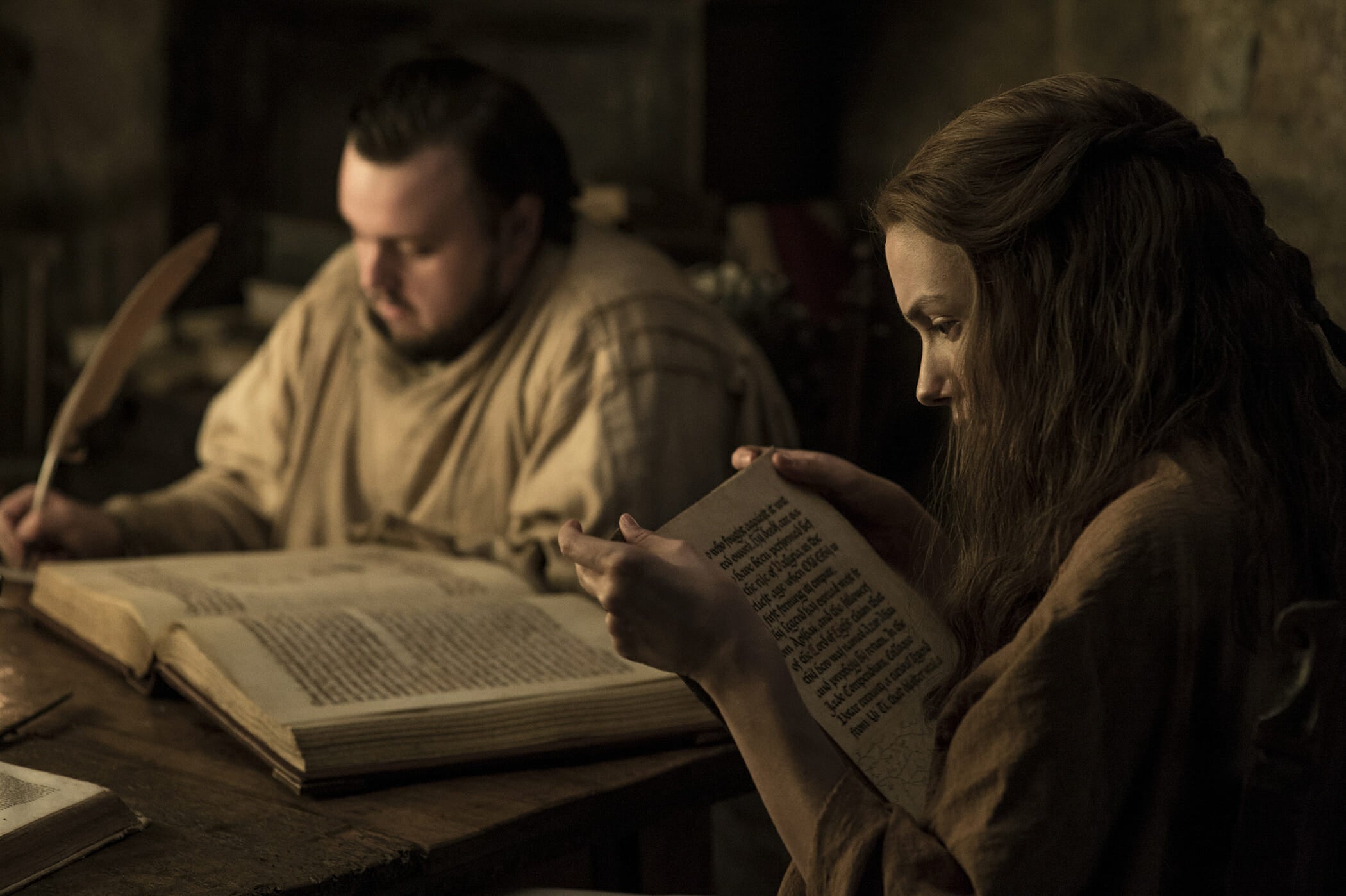
Before he set off to the Citadel in Oldtown in A Feast for Crows, Samwell Tarly even highlighted some of the inconsistencies in ancient Westerosi history. Jon, who had been appointed Lord Commander at the end of A Storm of Swords, wanted to know what the libraries had to say about the Others (which are called White Walkers on the show).
“The oldest histories we have were written after the Andals came to Westeros. The First Men only left us runes on rocks, so everything we think we know about the Age of Heroes and the Dawn Age and the Long Night comes from accounts set down by septons thousands of years later. There are archmaesters at the Citadel who question all of it. Those old histories are full of kings who reigned for hundreds of years, and knights riding around a thousand years before there were knights. You know the tales, Brandon the Builder, Symeon Star-Eyes, Night’s King …”
So, what Westeros might think as being one person might have been several people throughout time.
What legends came out of the Age of Heroes?
What we do know about the Age of Heroes comes through in history books, bits of family legacy, and legends. They may not be entirely accurate—and like our own Arthurian legends, there may not be a single consensus about what happened. (If it even in fact happened.)
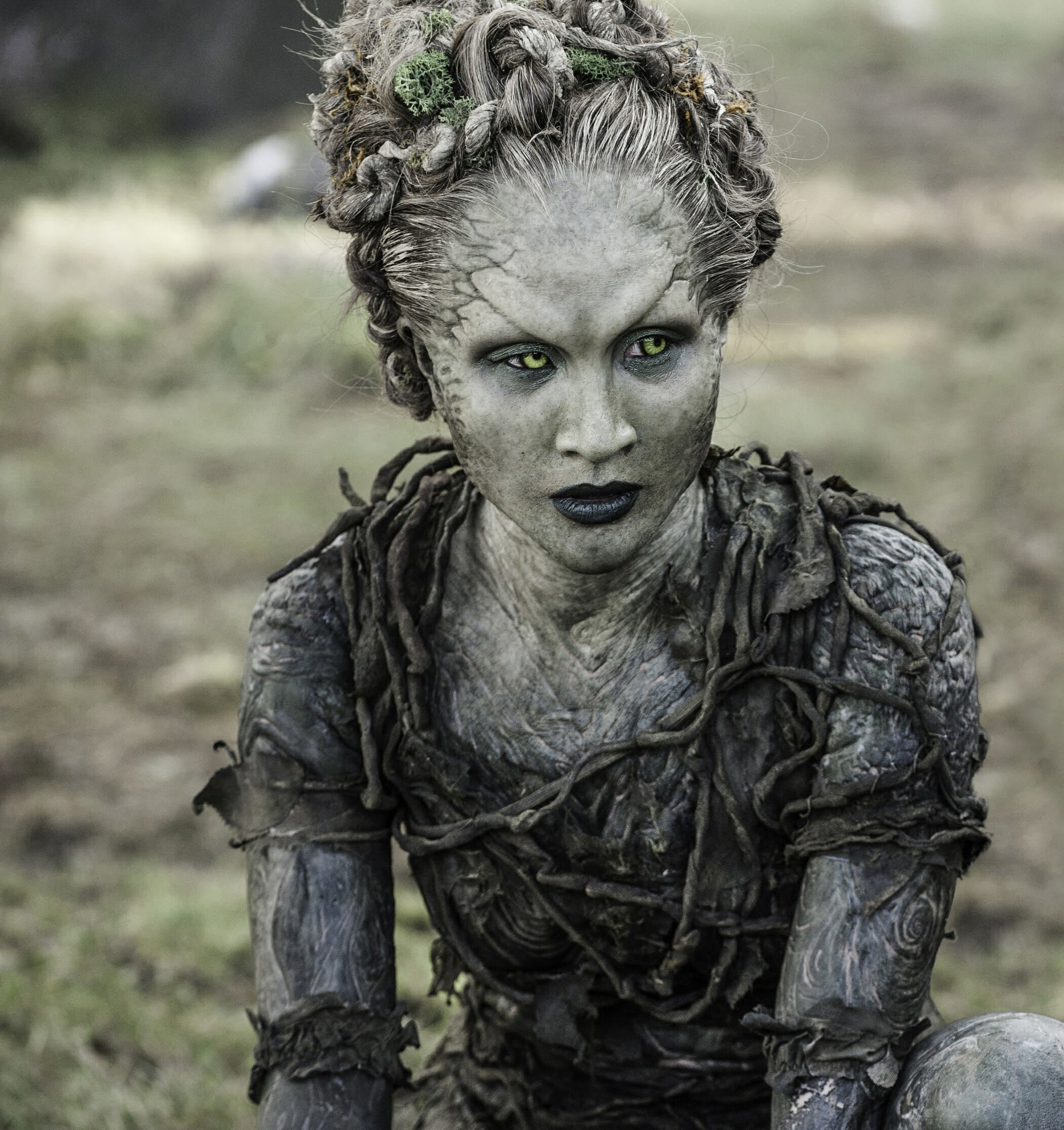
But considering what little survived to modern-day Westeros, it’s what people latched onto. During the Age of Heroes, TWOIAF states that “kingdoms rose and fell, noble houses were founded and withered away, and great deeds were accomplished.” The Andals had yet to invade Westeros. It would be thousands of years before the Targaryens united the Seven Kingdoms. These were both times in history that were documented with much more detail. Some may know the traditions such as guest right or House Bolton’s tradition to flay the Starks.
A few names and events have survived the passage of time. While a potential show could go in many directions, depicting (or dissecting) these legends would be a good place to start.
Brandon Stark (Bran the Builder)
House Stark is full of Brandons. While they’re sometimes named for a specific Brandon—the Bran Stark we know on Game of Thrones was named for his uncle Brandon, who was murdered by Aerys II Targaryen—it’s also a name that just pops up often. (Seriously, there are a lot of Brandon Starks.) And it all starts with Bran the Builder, the ancient founder of House Stark.
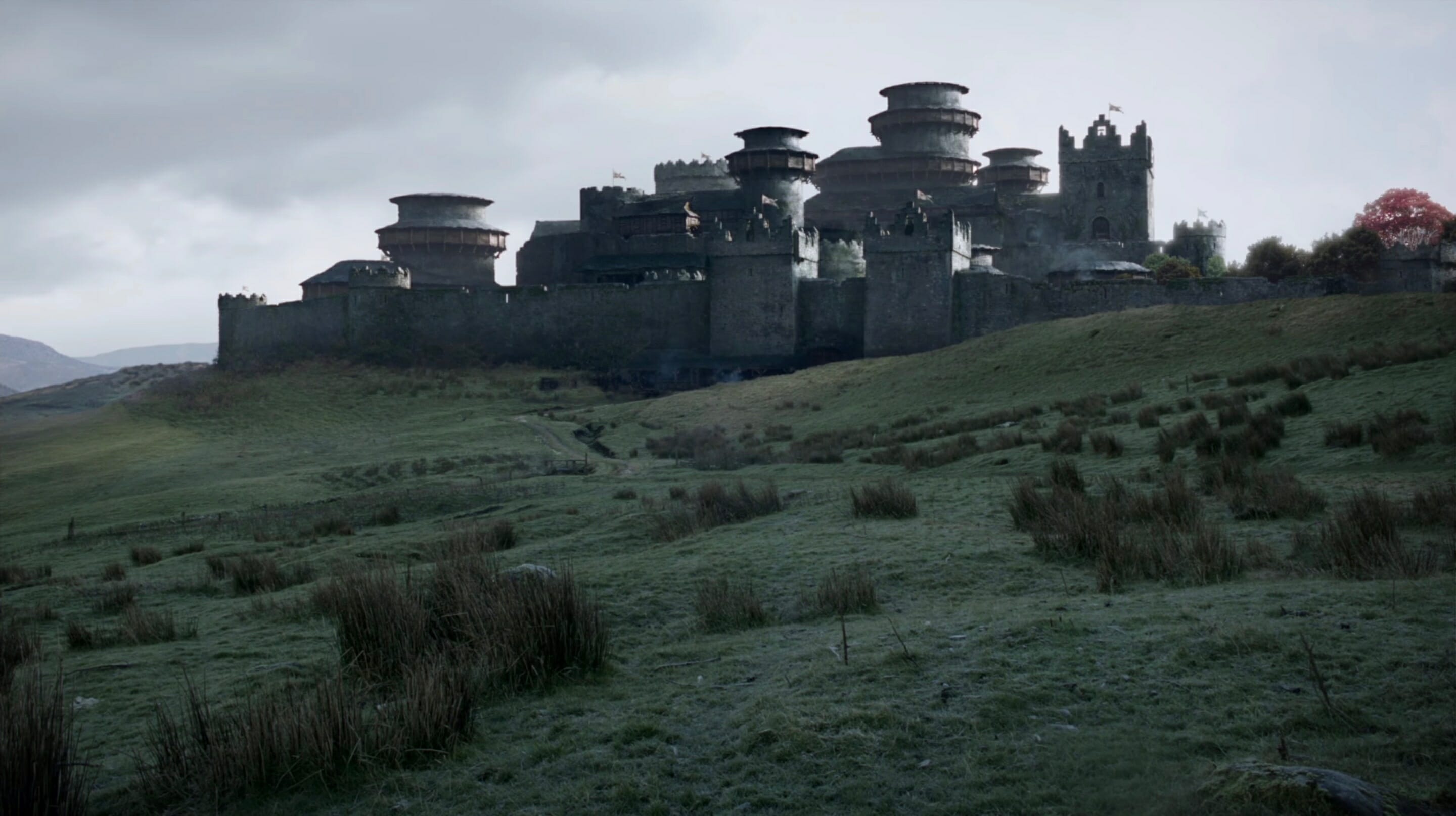
Bran the Builder wasn’t just the cornerstone of House Stark, he was reportedly responsible for some of Westeros’ most famous landmarks. Per the legend, he built Winterfell, had a hand in building Storm’s End (now the ancestral home of House Baratheon), and was reportedly hired to build the Hightower in Oldtown, which some believed might’ve been his son Brandon instead. He’s also credited with building the Wall after the Long Night, which was to protect Westeros from the threats in the far north, with help from the giants or the children of the forest, depending on the version.
It’s unclear how much of what Bran the Builder has done is true. Or maybe more than one Bran was responsible. Some don’t believe Bran the Builder ever existed. But the odds are in our favor. The HBO press release announcing the Age of Heroes pilot specifically mentions “the Starks of legend.” And Bran the Builder is as legendary as you can get.
Lann the Clever
Lann the Clever is another figure who Maesters claim may not have ever existed. That clue, as was the case with Bran the Builder, was in the name: He founded House Lannister. His origins are in dispute, but he’s most famously associated with hoodwinking Casterly Rock—which later became the Lannister ancestral home—from House Casterly, an ancient family that has since gone extinct.
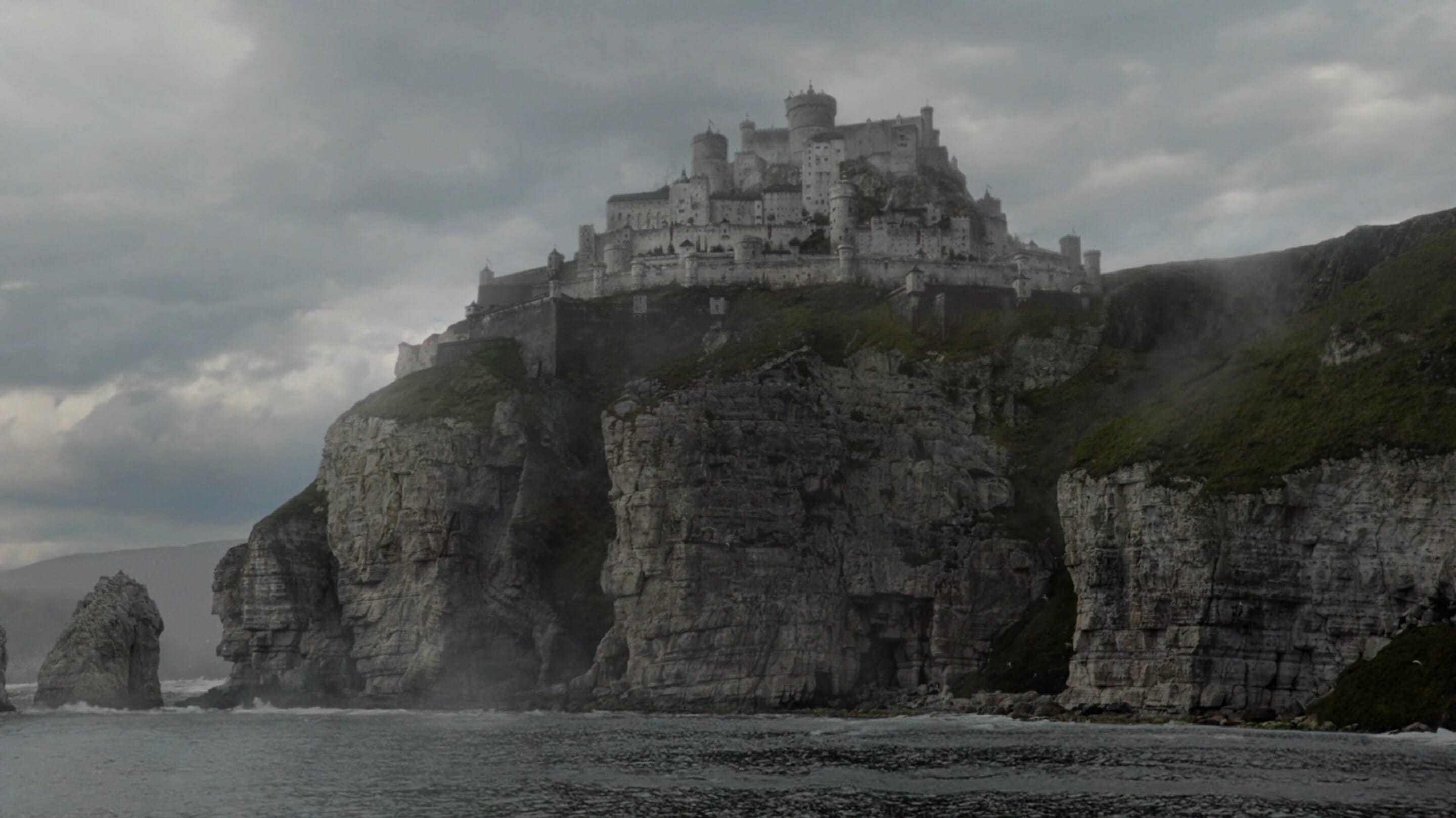
But how did he do it? Did he convince the Casterlys that there was a ghost in the castle walls? Drive them out with rodents or set lions on the male Casterlys? Or did he marry a Casterly daughter after getting her pregnant and inherit the Rock after the lord died without any male heirs?
According to TWOIAF, Lann may have lived to be 312 and “sired a hundred bold sons and a hundred lissome daughters, all fair of face, clean of limb, and blessed with hair ‘as golden as the sun.’” In Lann, we can see the beginning of a familiar archetype who could play a factor: an early-era Game of Thrones politically savvy Tyrion Lannister.
Symeon Star-Eyes
Not much is known about Symeon Star-Eyes, an ancient and blind knight who Bran Stark looks to as inspiration after he’s paralyzed to show that he could still fight even without the use of his legs. His name stemmed from the sapphires he placed into his eye sockets after he lost his eyes. With the use of a double-bladed staff, he could kill two men at once with a swing. He also, as Bran noted in A Storm of Swords, once visited the Nightfort and witnessed a fight between legendary creatures called hellhounds.
Garth Greenhand
Depending on when he lived in Westeros, Garth Greenhand could either be someone’s equal or an ancestor. The air of mystery surrounding him portrays him as both a man and a god who called for blood sacrifices. In one iteration in the Reach (the part under Tyrell rule before their demise on Game of Thrones), he was the First King, the man who led the first of the First Men to Westeros—while those in other parts of Westeros don’t believe it was him. In another, he predates the First Men as the first man in Westeros.
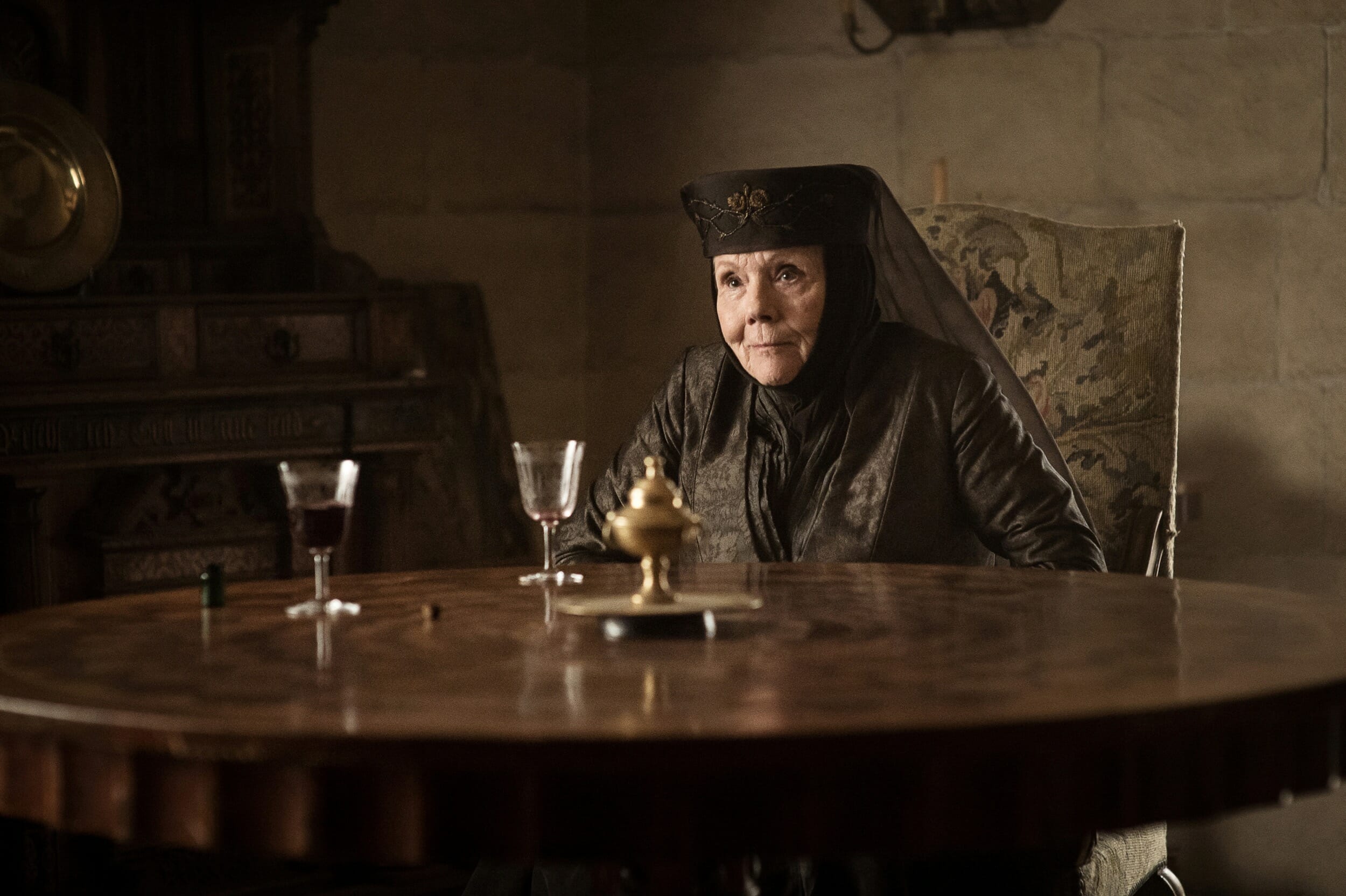
His descendants are found all over Westeros, many of them located in the Reach. Olenna Tyrell (née Redwyne), the Queen of Thorns, can trace her lineage back to him through House Redwyne. The Tyrells and Tarlys can also claim to be descendants. But other depends on when you believe Garth Greenhand lived. The Starks might even be related through Garth Greenhand’s son, Brandon of the Bloody Blade.
Durran Godsgrief
As the founder of the now-extinct House Durrandon (whose sigil and house words were eventually adopted by House Baratheon), the legend of Durran Godsgrief involves literal gods determined to destroy him after he marries the daughter of gods without their permission. Now in a war against the gods, Durran Godsgrief built his castle on the edge of the sea.
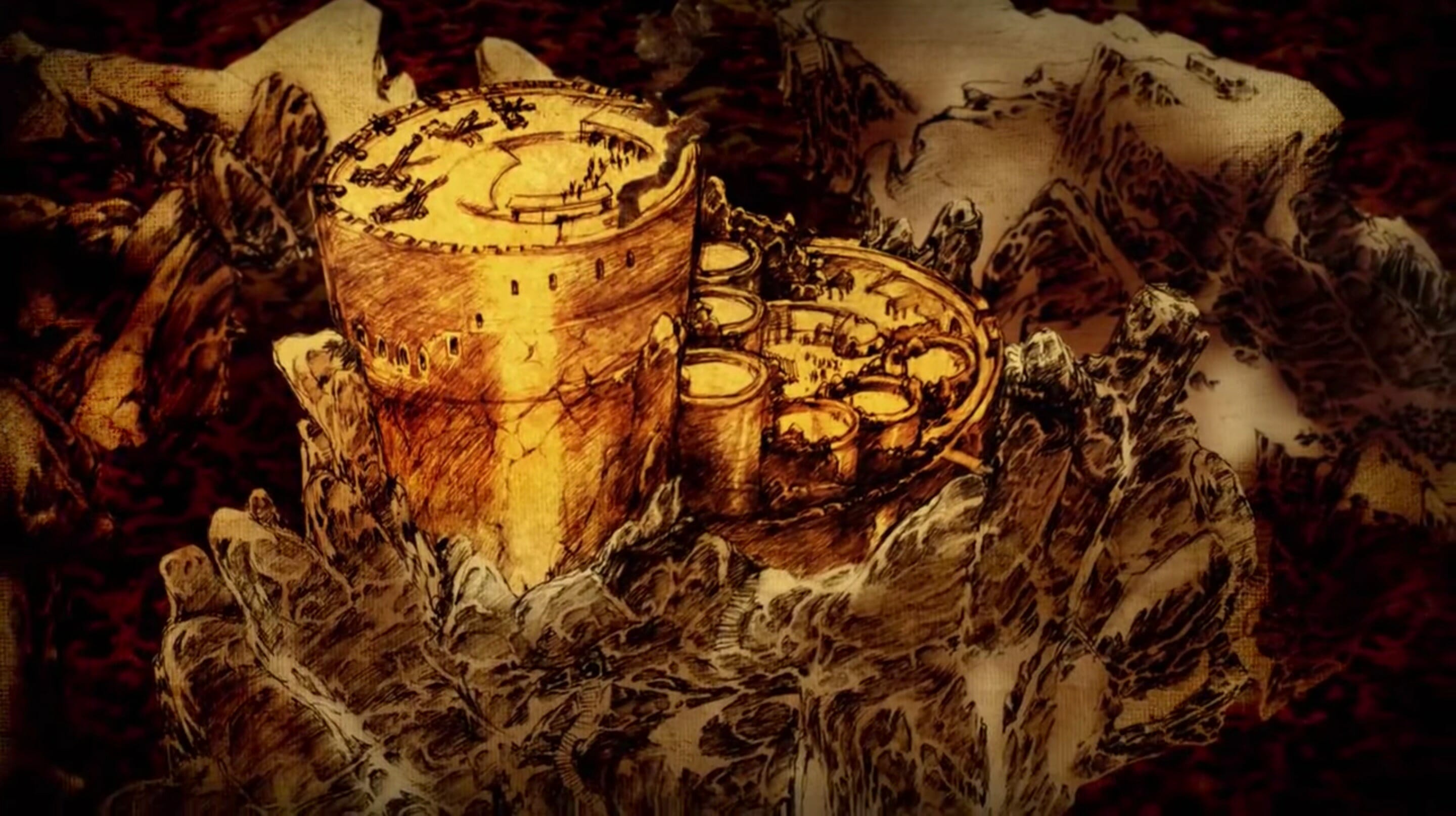
Every time he built a castle, a storm would knock it down—up until the seventh castle. That castle, Storm’s End, withstood the storm from the gods, and it may have had some help from the children of the forest or some design input from a young Bran the Builder. However, claims that he ruled for 1,000 years may be exaggerated; the long lifespan might be attributed to several people with the same name.
The Grey King
The Grey King is the original ruler of the Iron Islands whose story includes marrying a mermaid, building the site that became home to the Kingsmoot from the bones of Nagga (the sea dragon he killed), and teaching men to live off the sea. He reportedly ruled for 1,007 years before he joined the Drowned God in the sea.
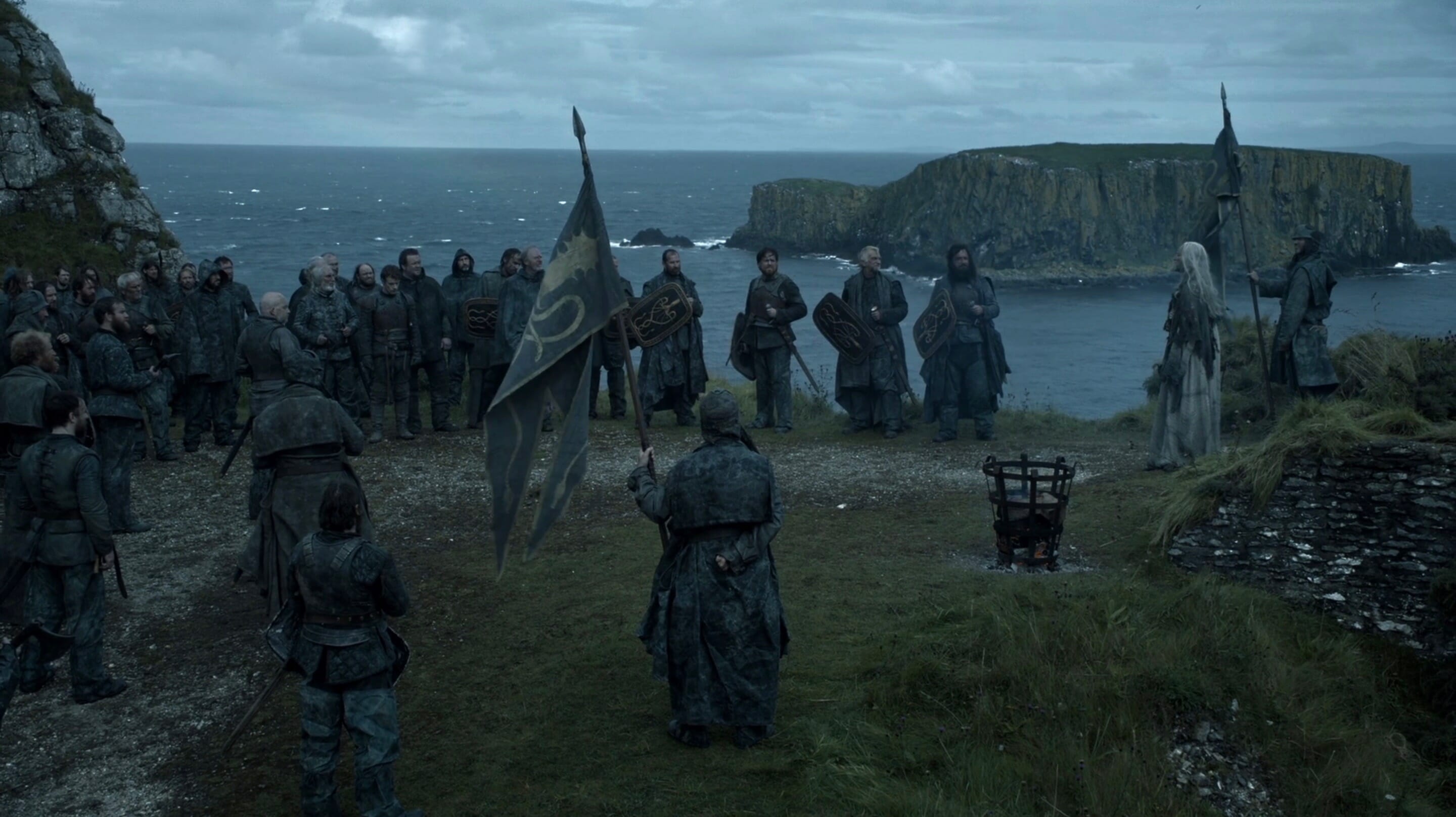
Nearly every major house on the Iron Islands says that they’re descended from the Grey King. The islands were divided among 16 of his sons after they fought one another. That includes the Greyjoys, who have ruled over the Iron Islands since Aegon I Targaryen’s reign.
The Night’s King
Not to be confused with the Night King (more on him in a bit), the Night’s King was the 13th Lord Commander of the Night’s Watch; Old Nan told Bran that the Night’s King was a Stark named Brandon. According to legend, he ruled from the Nightfort with a woman whose description closely aligns her with the White Walkers and enacted a reign of terror on the Night’s Watch for 13 years that included sacrificing his own men to the White Walkers.
It wasn’t until Brandon the Breaker (who Old Nan says was the Night’s King’s brother) and the first King-Beyond-the-Wall, Joramun, teamed up that they were able to take him down. And once people learned what he had done, they removed mention of him and his misdeeds.
READ MORE:
- What we know so far about ‘Game of Thrones’ season 8
- How do you kill a dragon on ‘Game of Thrones’?
- The 15 best ‘Game of Thrones’ episodes to watch and rewatch
- Dance of the Dragons: Behind the ‘Game of Thrones’ civil war
The familiar Age of Heroes tale about to repeat itself
The most consequential part of the Age of Heroes didn’t occur until its end in the form of the Long Night, which has been referenced and name-checked with more frequency as winter arrives in Westeros. And there’s a good reason for that.
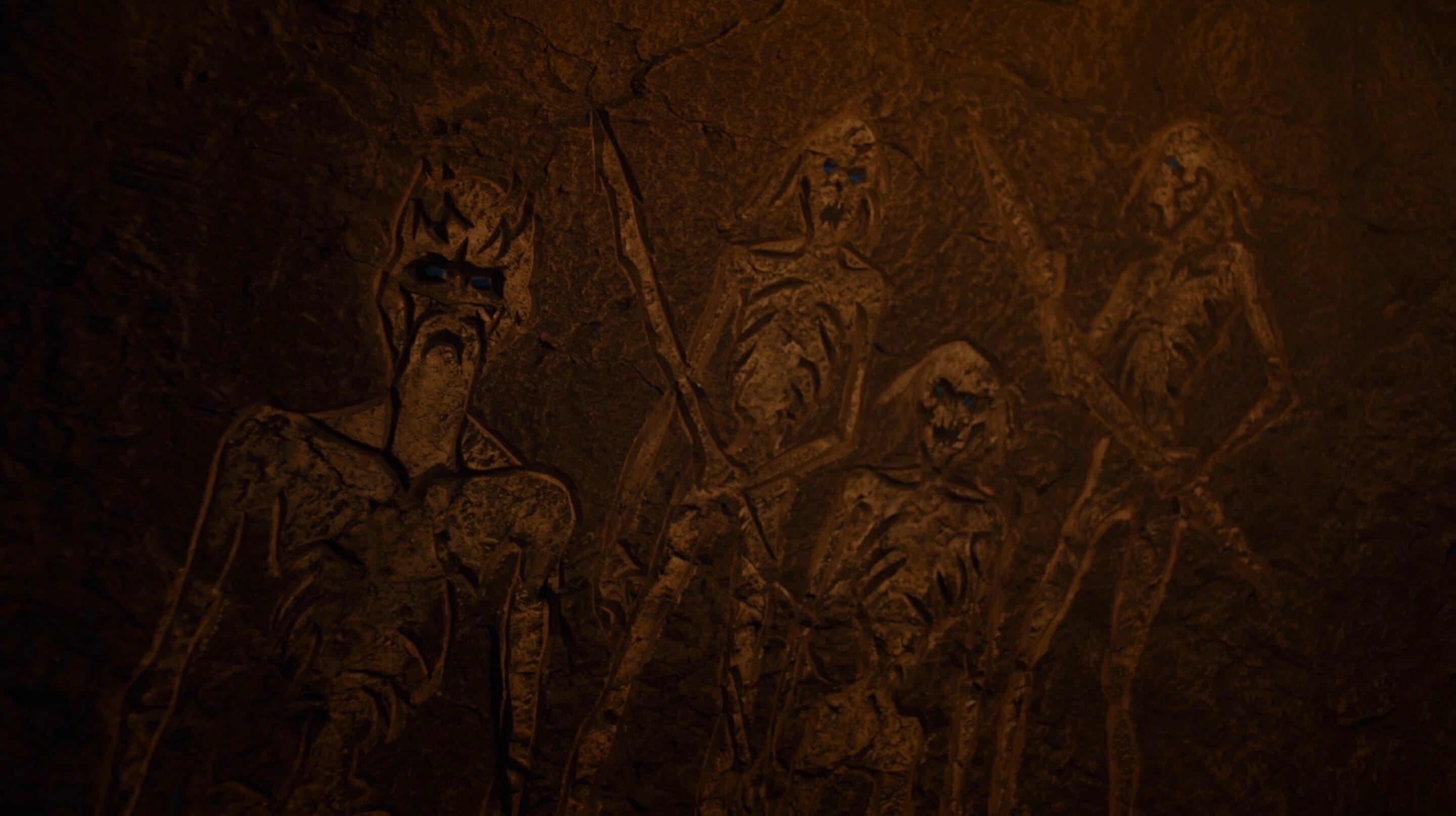
Even in an environment where seasons could span years, the Long Night was a particularly harsh one that lasted for a generation. People starved and froze to death. Some in Westeros spent their entire lives within the confines of a single winter. But from it emerged a darkness from the far north that nearly consumed everyone.
Not much is known about the origins of the White Walkers in the books, and with the timeline we have, the children of the forest and the First Men had already made a pact by the time the Long Night began. Game of Thrones, however, says that the children of the forest created the White Walkers to protect them from mankind. The Night King doesn’t exist as a book character. On the show, he’s the first White Walker, and he gives a voiceless enemy a face.
The end of the Long Night does share some similarities between the show and the books. The last hero, the sole survivor of a company whose name is not known, sought out the children of the forest for help in defeating the White Walkers. A great battle took place, which involved the first members of the Night’s Watch, resulting in the White Walkers and their undead armies being driven back. After that, a Wall was built to keep them out up—and it did until the Night King burned a hole in it with a dragon of his own.
What about the lands beyond Westeros?
Although much of the focus in TWOIAF and ASOIAF is Westeros, it’s only one part of the puzzle. And because we only know fragments about them, there’s plenty of potentials to expand that world far more than Game of Thrones ever did.
The Andals had yet to cross the Narrow Sea. The Rhoynar lived near Rhoyne, and it would be years before Princess Nymeria would take her people to what became Dorne. Several kingdoms that no longer exist, including the Old Empire of Ghis and the Great Empire of the Dawn, ruled various parts of Essos. The Valyrian Freehold, which would eventually overtake Ghis, did not yet rule. The nine Free Cities did not yet exist in their current forms while Asshai had reportedly been around longer than anyone can imagine. Each of them has their own traditions and thousands of years of history worth exploring.
The Long Night
At the very least, many of these places have a version of the Long Night. Their own legends speak of an endless winter and a darkness that threatened to consume everything. And in some cases, it did. The Great Empire of the Dawn did not survive the Long Night, and the Golden Empire of Yi Ti formed in its wake. Each version, whether it’s the Rhoynar or those in the east, have their own hero.
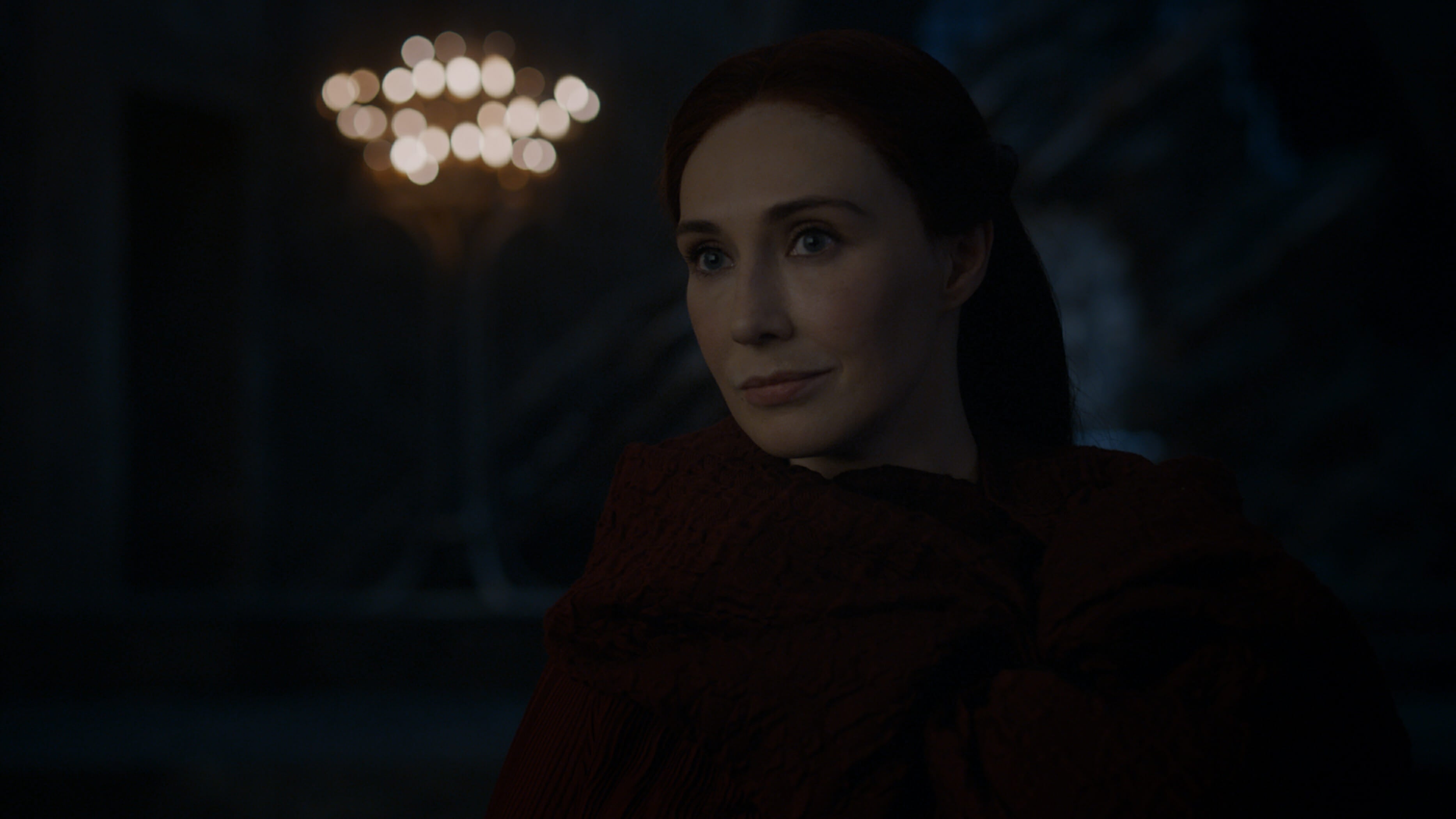
The Rhoynar’s version of events is more akin to the last hero up north. One Yi Ti legend says that “disaster was averted only by the deeds of a woman with a monkey’s tale.” The most famous iteration of the hero stopping the darkness is Azor Ahai, the hero who formed a flaming sword called Lightbringer after plunging it into his wife Nissa Nissa and defeated the darkness. He goes by a variety of names depending on the culture. His tales spread all over Essos. Thousands of years later, some now believe Azor Ahai will rise again to save the world.
Did each kingdom have their own hero to stave off darkness, or was it all one person? Did those legends really exist? And just what drove the White Walkers and that generation-long winter back beyond the Wall? A potential prequel could dive into the Long Night—as Martin hinted it would. It could introduce the concept of that hero and who they might’ve been. With Jon Snow and Daenerys Targaryen facing that same darkness thousands of years later, it will probably have plenty to say.
Editor’s note: This article is regularly updated for relevance.
NOW HEAR THIS:
How linguist David J. Peterson created the Dothraki and Valyrian languages for Game of Thrones
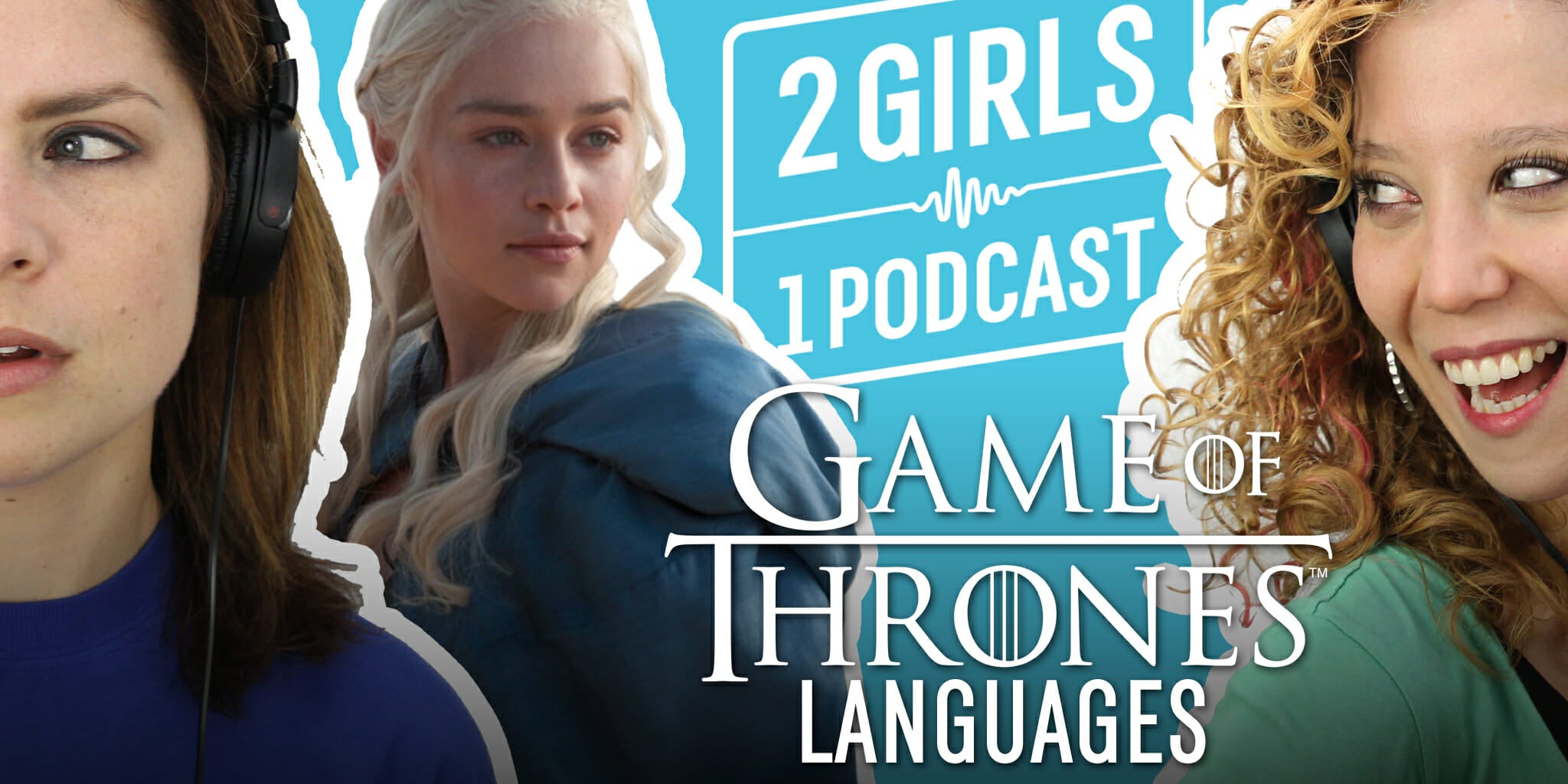
Introducing 2 GIRLS 1 PODCAST, a weekly comedy show where Alli Goldberg and Jen Jamula (two actors who perform bizarre internet content on stage) have hilarious and humanizing conversations with Bronies, top Reddit mods, professional ticklers, video game archaeologists, dating app engineers, adult babies, cuddling specialists, vampires, Jedi, living dolls, and more.
Subscribe to 2 GIRLS 1 PODCAST in your favorite podcast app.

